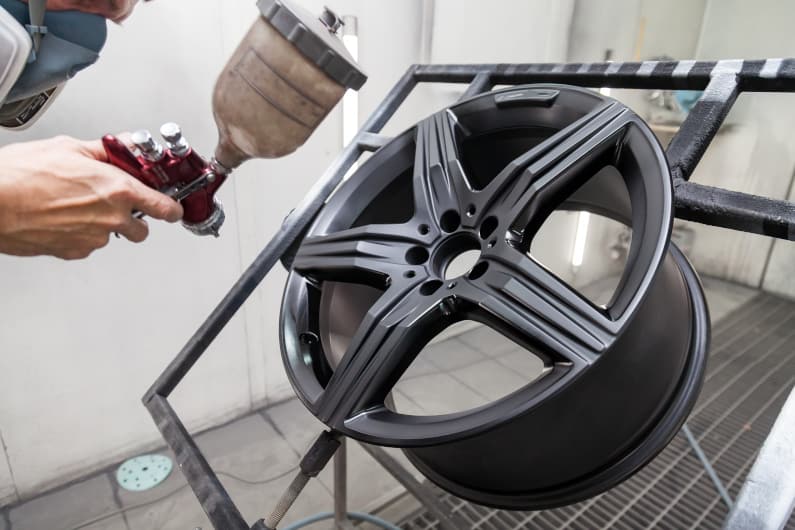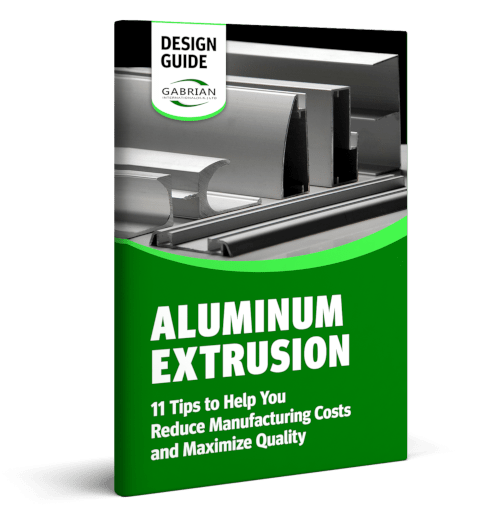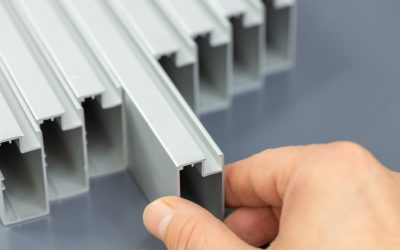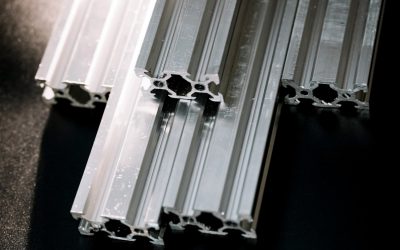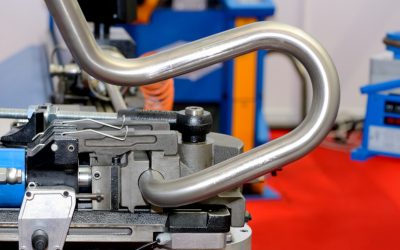The excellent properties of aluminum make it a regular choice for extrusion designers in a wide range of industries. It has a fantastic strength-to-weight ratio, good corrosion resistance, good thermal and electrical conductivity, and more. While this may be enough for some applications, designers will frequently include additional finishing steps during production.
Why is this? Simply put, the right surface finish can elevate products from “good” to “outstanding!” Surface finishes can improve corrosion resistance, wear resistance, and aesthetic appearance to make extrusions last longer and look better.
Keep reading to learn what finishing options are available for your custom aluminum extrusions and what makes each unique. Many of these finishes can also be applied to die cast, rolled, or machined aluminum products.
Table of Contents
#1 – Mill Finish
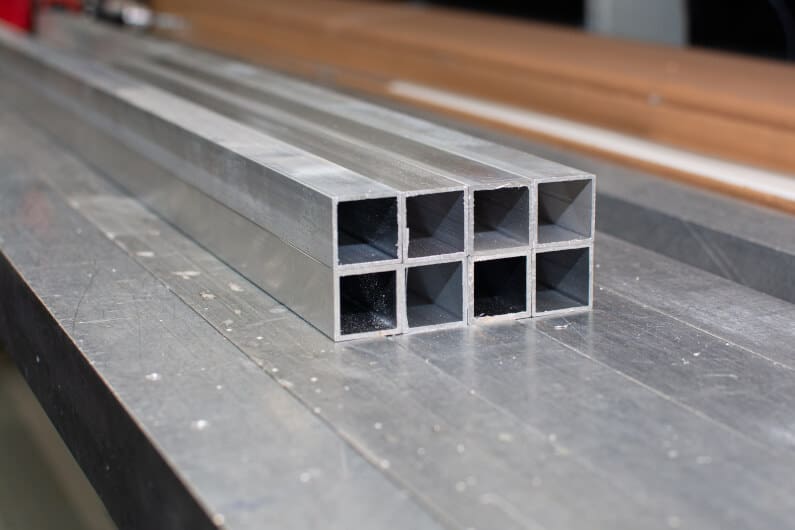
At first, all aluminum extrusions have a mill finish. This reflects the state of the aluminum after it leaves the extrusion die. Die and tooling marks, a dull appearance, oxidation, and white “rust” can all be present on the aluminum after extrusion.
Generally speaking, a mill finish is only suitable for products that need to be made as cheaply as possible, where appearance doesn’t matter and they are only expected to last a short amount of time. Otherwise, you should at least consider one of the other aluminum finish options.
#2 – Anodizing
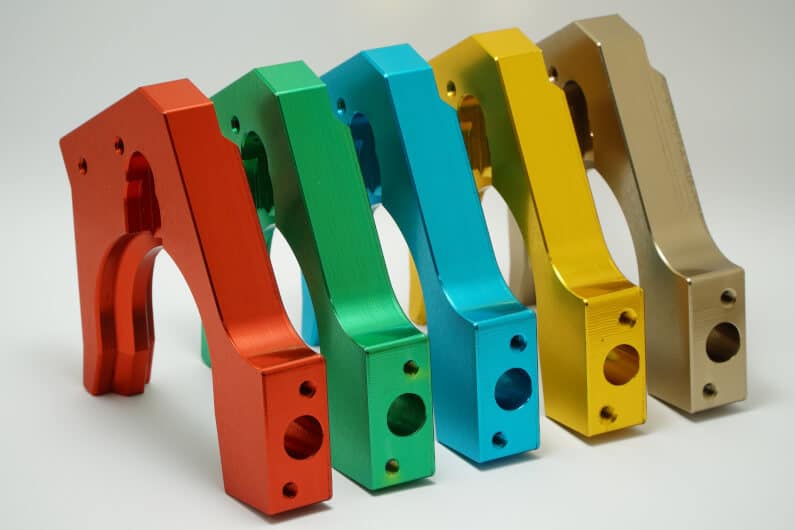
Anodizing is commonly used to improve the corrosion resistance and wear resistance of aluminum parts. It can also provide other desirable benefits, like improved heat dissipation and the ability to accept dyes.
Unlike paints and coatings, anodizing does not apply an external product to the exterior of the aluminum. Instead, an electrochemical process is used to stimulate the naturally-occurring layer of aluminum oxide into growing thicker. This protects the underlying aluminum from its environment, and can even accept dyes. However, the color possibilities for anodizing are not as abundant as in powder coating.
#3 – Powder Coating
For bright, long-lasting colors with high UV resistance, many product designers will choose powder coating. For this process, aluminum parts are cleaned and prepped, then sprayed using an electrostatic gun to apply dry paint powder to the aluminum surface. After this, the powder-coated aluminum parts are baked to melt and cure the coating into an even finish.
Powder coatings are not as hard and durable as anodized aluminum, but they provide an exceptional appearance and great corrosion resistance as long as the coating remains intact. The powder coating process is also considered more environmentally friendly than liquid painting, which uses solvents containing volatile organic compounds (VOCs).
#4 – PVDF Coating
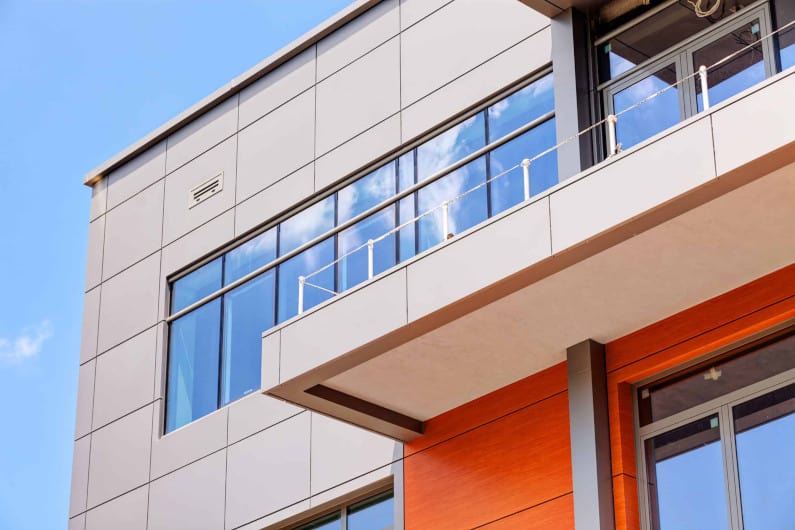
Polyvinylidene fluoride (PVDF) coatings are resin-based coatings that often have embedded color pigment particles. They must be applied to the aluminum product in a factory setting and can be used to create a wide variety of matte-finish colors.
PVDF coatings are highly corrosion resistant, highly resistant to fading, and chemically resistant, making them excellent for exterior applications like aluminum wall cladding. They also don’t require an oven for curing and can be applied in a thinner layer than powder coatings. Finally, while it can be considered slightly more wasteful than powder coating, this aluminum coating does not contain any harmful VOCs.
#5 – Other Liquid Paints
While PVDF is technically a liquid paint, it is a somewhat distinct process from other liquid paints. Liquid paints are an enticing option when you need a very particular color, especially for small batches. That’s because liquid paints offer the widest selection of color possibilities, and paint can be mixed up in the quantities needed for the products in question.
Unfortunately, the solvents used in these types of paints contain harmful VOCs that are bad for both people and the environment. Painters need to use VOC abatement systems to mitigate the risks associated with these types of aluminum surface finishes.
#6 – Mechanical Finishing
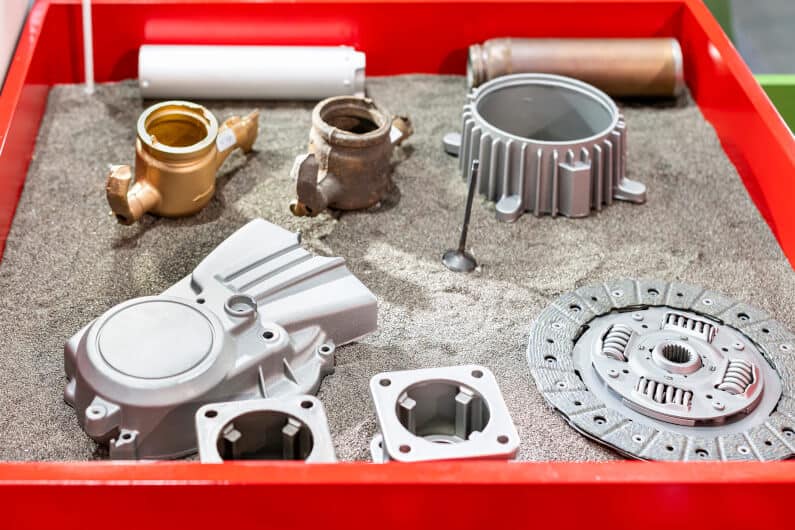
Rather than one type of process, mechanical finishes encompass an assortment of methods used to affect the surface of aluminum parts. Common examples include abrasive blasting, grinding, and polishing.
Instead of applying chemicals, mechanical force is applied using abrasive media to smooth the aluminum’s surface. This can improve its appearance or prepare it for another finishing process.
#7 – Wood Grain Aluminum
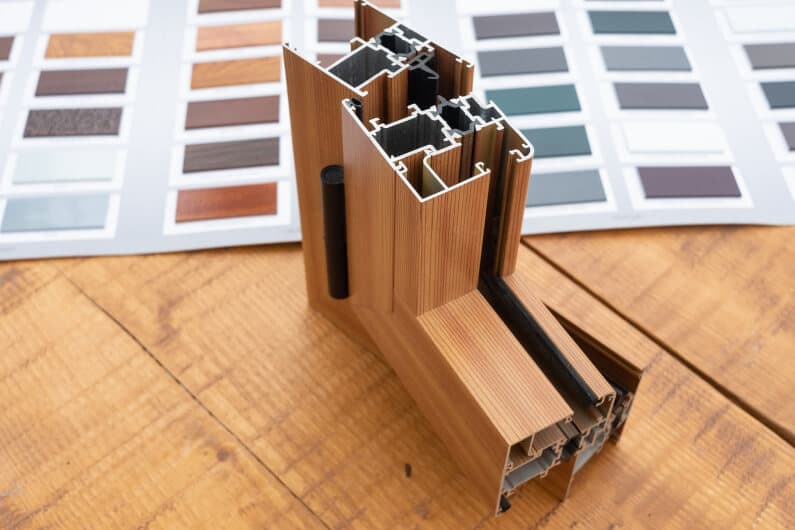
Commonly seen in more artistic applications, sublimation is a process for creating colored patterns on aluminum. The patterns are transferred from a film wrapping onto the aluminum surface using heat.
A popular choice for sublimation in extruded aluminum is to create a wood pattern. This allows designers to have more flexibility in the products they create. Like creating outdoor furniture or window frames with a wooden appearance that has improved durability and lighter weight from the aluminum.
#8 – Alodining
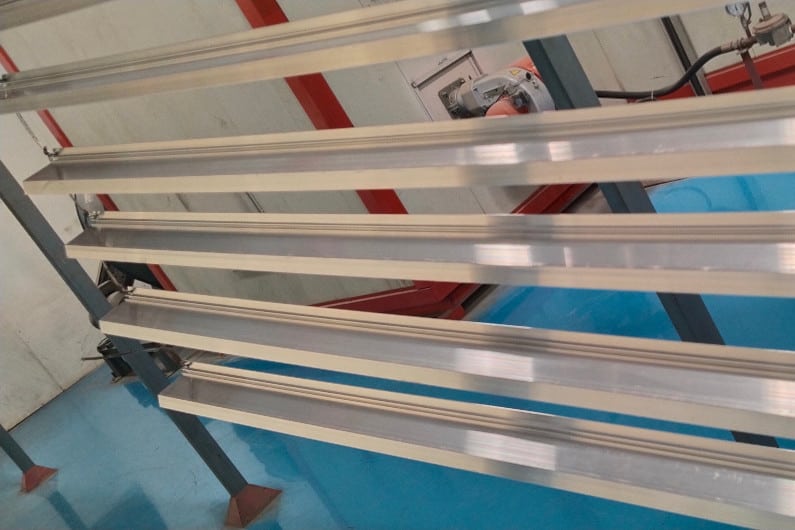
A cheaper alternative to anodizing, Alodine coatings can be used to enhance the passivating oxide layer on the surface of aluminum products, improving corrosion resistance. While the Alodine chem film is not as strong or wear resistant as anodized aluminum, it has a high electrical conductivity that may be necessary for some applications.
It should be noted however that the Alodine solution is not as environmentally sustainable as other options on this list.
#9 – Bright Dipping
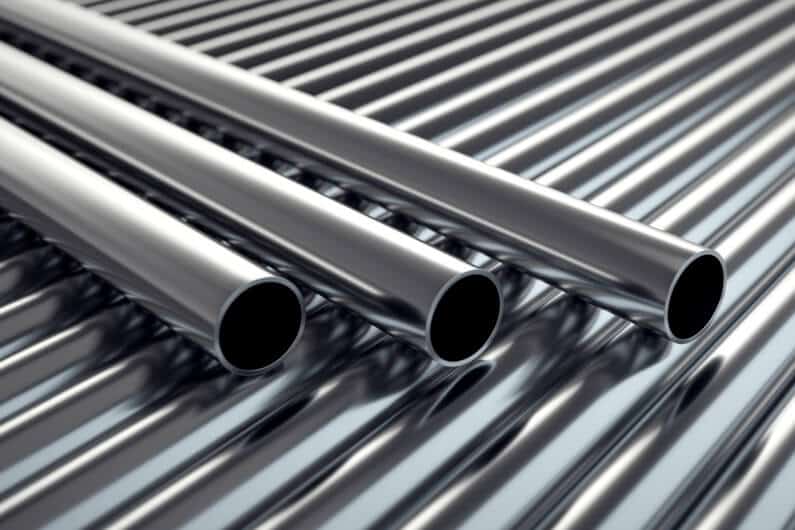
Finally, bright dipping is a process for creating a brilliantly shiny surface finish on your aluminum parts. By bathing them in acid, the microscopic fluctuations in the surface of the extruded aluminum are smoothed to create a “mirror-like” finish.
While it may be required to create certain products, bright dipping is a potentially dangerous and environmentally unsafe process. It also only works well with certain grades of aluminum, namely 6463.
Summary
Overall, aluminum surface finishes are a great idea to get more out of your product. While mill finish aluminum will cost less upfront, any applications where corrosion and wear are a concern will often need more frequent replacement of unprotected aluminum products. This means money savings over the long run.
Surface finishing extruded aluminum is also important if visual appeal is important to your design. Depending on your needs, you can even combine different processes to get the benefits of both.
To learn more about aluminum finishes, joining, and other important considerations for aluminum extrusions, download our Aluminum Extrusion Design Guide.


